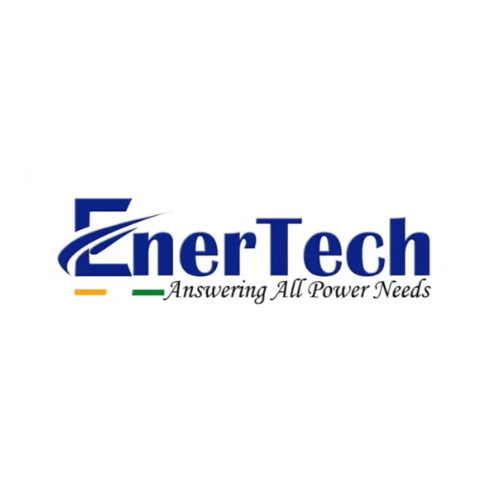Introduction
A 3 phase solar inverter is an essential component of large-scale solar power systems, especially for commercial and industrial applications. It efficiently converts the DC power generated by solar panels into AC power, ensuring a balanced and stable power supply across all three phases. In this guide, we will explore what a 3 phase solar inverter is, how it works, its benefits, and key considerations for choosing the right one.
What is a 3 Phase Solar Inverter?
A 3 phase solar inverter is designed to convert DC electricity from solar panels into AC electricity that is evenly distributed across three-phase electrical systems. Unlike single-phase inverters, which provide power to a single-phase network, a 3 phase inverter ensures a continuous and balanced power supply, making it ideal for high-power applications such as industrial plants, commercial buildings, and large residential properties.
How Does a 3 Phase Solar Inverter Work?
A 3 phase solar inverter works by:
- Receiving DC Power: Solar panels generate DC electricity, which is sent to the inverter.
- Converting DC to AC: The inverter transforms the DC electricity into 3 phase AC electricity.
- Balancing Power Output: It distributes power equally across three separate phases, reducing voltage fluctuations and enhancing efficiency.
- Feeding Power to the Grid or Load: The converted AC power is either supplied directly to electrical loads or exported to the grid, depending on the system setup.
Key Features of a 3 Phase Solar Inverter
- High Efficiency: Optimized energy conversion with minimal losses.
- Balanced Power Distribution: Prevents overloading in any single phase.
- Advanced MPPT (Maximum Power Point Tracking): Enhances power generation by optimizing panel performance.
- Grid Synchronization: Ensures seamless integration with grid-tied systems.
- Remote Monitoring & Control: Allows real-time performance tracking via mobile apps or web interfaces.
Benefits of Using a 3 Phase Solar Inverter
- Better Power Stability: Provides a steady and balanced power supply, reducing voltage fluctuations.
- Higher Load Capacity: Suitable for running heavy machinery and commercial applications.
- Improved Efficiency: Reduces energy losses compared to single-phase inverters.
- Seamless Grid Connection: Ideal for grid-tied solar power systems in commercial and industrial setups.
- Scalability: Can be used in large solar power plants for optimal energy management.
Where is a 3 Phase Solar Inverter Used?
- Industrial Facilities: Factories and manufacturing plants that require a consistent power supply.
- Commercial Buildings: Office complexes, malls, and hotels benefit from efficient energy distribution.
- Large Residential Properties: Homes with high energy demands, particularly those using 3 phase connections.
- Agricultural Applications: Farms with high-power irrigation and processing equipment.
- Solar Farms: Large-scale solar power installations feeding energy into the grid.
How to Choose the Right 3 Phase Solar Inverter
When selecting a 3 phase solar inverter, consider the following factors:
- Power Capacity: Ensure it meets your system’s power requirements.
- Efficiency Rating: Look for high conversion efficiency (above 95%).
- MPPT Technology: Multiple MPPTs can improve performance in varied shading conditions.
- Brand and Warranty: Choose a reputable brand with a good warranty period (typically 5-10 years).
- Grid Compliance: Ensure it meets local grid regulations and standards.
Installation and Maintenance Tips
- Professional Installation: Always hire a certified solar installer to ensure proper setup.
- Regular Monitoring: Use smart monitoring systems to track performance.
- Routine Maintenance: Clean solar panels, check wiring, and inspect the inverter periodically.
- Firmware Updates: Keep the inverter software updated for improved functionality.
Conclusion
A 3 phase solar inverter is a powerful and efficient solution for managing solar energy in commercial, industrial, and large residential setups. With its ability to distribute power evenly, enhance system efficiency, and support grid integration, it is an essential component for high-power solar installations. Choosing the right 3 phase inverter ensures long-term savings, sustainability, and energy security.



